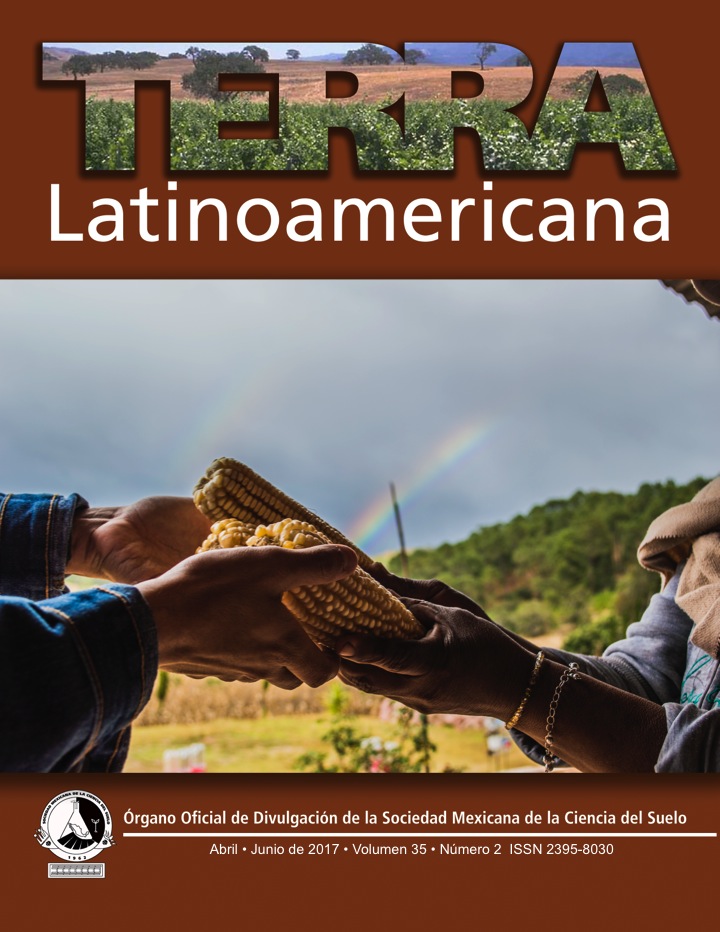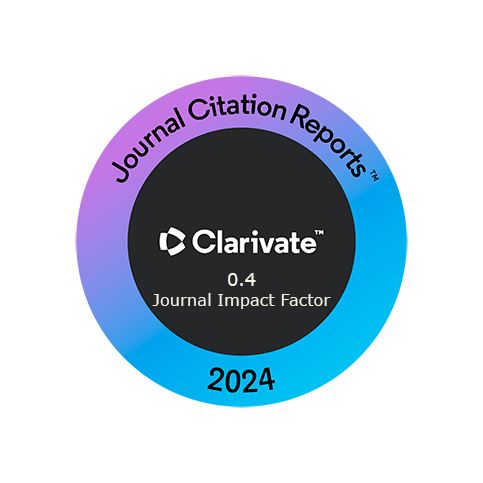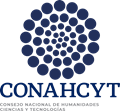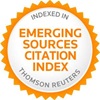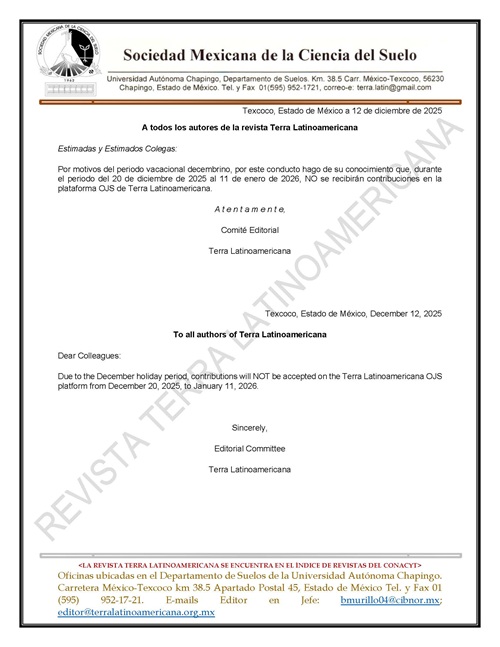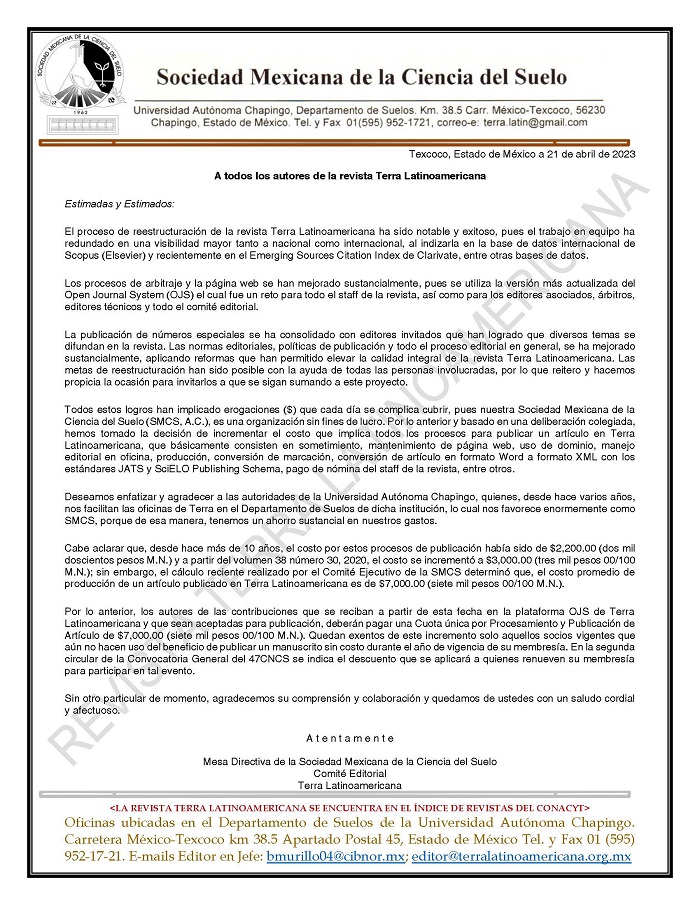Soils of the area of influence of Santa María Asunción Codex and the pictorial representation
DOI:
https://doi.org/10.28940/terra.v35i2.129Keywords:
Ethnoedaphology, soil classif ication, land classes, AnthrosolsAbstract
Although the Santa Maria Asunción Codex (SMAC) has been extensively studied, the soil survey on which it was based to interpret the glyphs of different kinds of land was performed outside the area of influence of the codex. Reinterpreting the glyphs of different land classes through a study of soils, geomorphology and parent materials is the objective of this research. Five neighborhoods that appear in the SMAC were studied, and the frequency of the glyphs in each one of them was quantified. Subsequently, plot-by-plot field visits were carried out and samples of soil and tuffs (tepetates) were collected for laboratory analysis and taxonomic classification. The results indicate that the area of influence of the SMAC is composed of Leptosols/Regosols (formed from rhyolite, andesite and tuffs), Anthrosols (terraces) and Fluvisols. The frequency of glyphs and type of soil indicated that Tepetatlalli (tepetates) can represent terraces, Xalallis granular peds (< 3 mm) and non-sandy soils; Tezoquilt subangular blocky/granular peds with hard and soft consistency (< 2 cm); Tlalcoztli dusty yellow land of low agricultural quality; and Atoctlis and Tezoquitl/Xalalli correspond to active and passive alluvial soils, respectively. The conclusion is that the Nahua classified their lands based on aggregate size, soil consistency, and origin (natural and artificial), and not on texture or color.Downloads
Publication Facts
Reviewer profiles N/A
Author statements
- Academic society
- Terra Latinoamericana
- Publisher
- Mexican Society of Soil Science, C.A.


